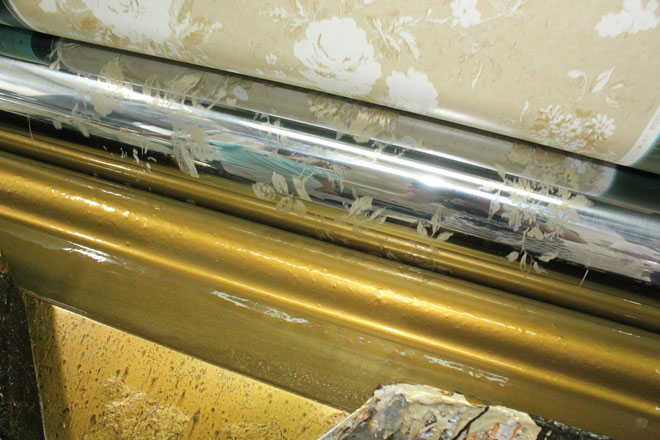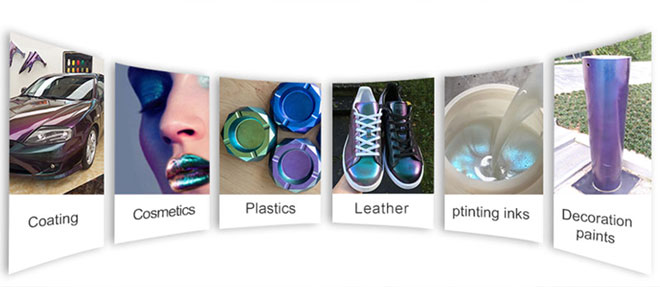categories
recent posts
General comments
Ranges of mica-based effect pigments contain luster pigments with colors and effects ranging from silverwhite, interference colors and copper to red, gold and green. By combining these with other transparent coloring agents, the user and color designer have a wide spectrum of color creation at their disposal.
In general, the effect pigment concentration ranges from 1 to 4 wt-% of effect pigments and inorganic or organic coloring pigments are used at the same level. These figures are for materials at application viscosity.
The coloring pigment is first pre-dispersed to its maximum color strength. Then the effect pigments are added. The use of coloring pigment compensates for the low hiding power of, in particular, silverwhite and interference pigments. In certain cases, various effect pigments may be used together to create new color effects. When various interference pigments are combined, it must be remembered that the color mixture is additive. In the case of complementary colors this leads to a greywhite color.
Effect creation
At this point, it is worth giving some examples of the large number of different effects that can be achieved today by using diverse types of effect pigments:
Metal oxide/mica effect pigments: sparkle (e.g. iSuoChem High chroma pigments)

Metal oxide/mica effect pigments: pearl luster effect (e.g. iSuoChem pearl pigments)

Metal oxide/silicium dioxide effect pigments: multi-color effect (e. g. iSuoChem chameleon pigments)

The formation of the individual effects in paints is influenced by a number of factors:
1. Type of effect pigment
2. The combination of effect pigment/organic/inorganic coloring agents
3. Pigment fraction used (size of the pigment particles)
4. Pigment concentration
5. Nature of the coating layer
6. Nature of the substrate (shape, surface)
7. Application method
Except the above introduced effect pigment of pearl pigment (Chameleon pigments), and high chroma pigments, we are also taking these effect pigment in color creation: Glitter pigment, fluorescent pigment, aluminium pigment, glow in the dark powder, thermochromic pigment, photochromic pigment, tie dy powder, bronze powder, flocking powder, color flakes, iron oxides, chrome pigment, organic pigment, optical variable pigment (Multi-color chrome pigment) and other effect pigments.
the professional team to service !